Home>Gardening & Outdoor>Landscaping Ideas>When To Plant Zoysia Grass
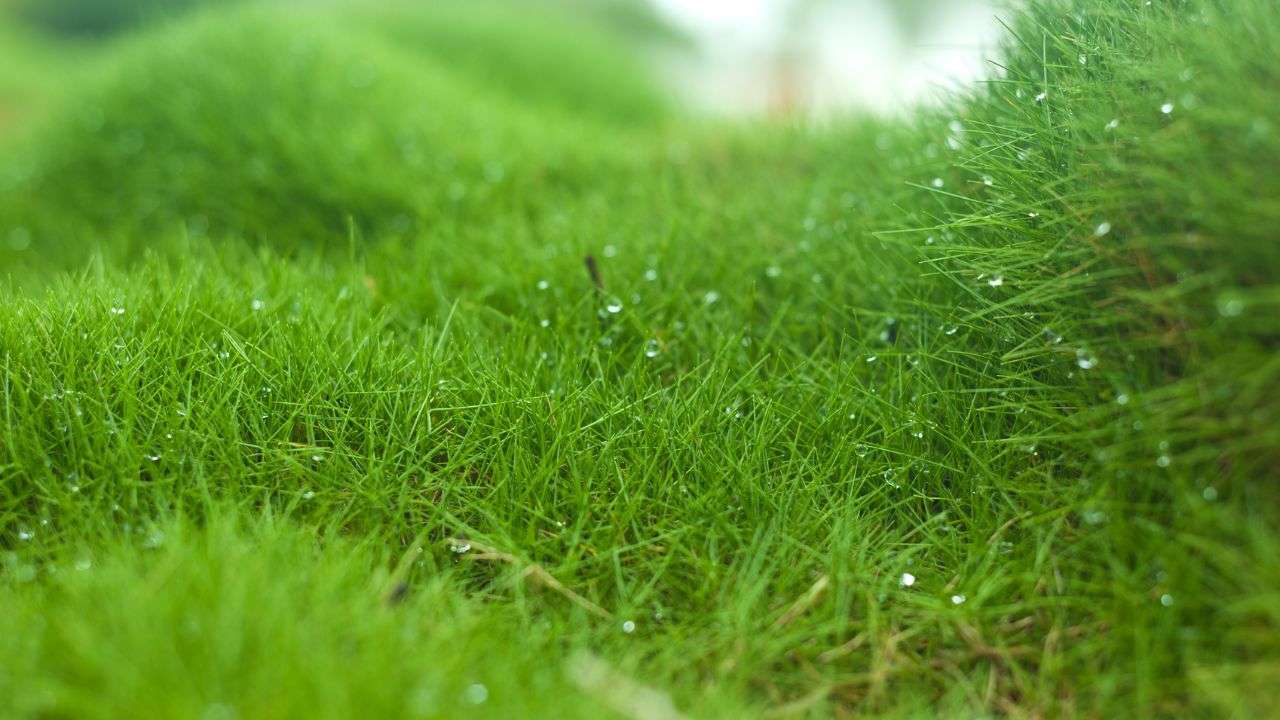

Landscaping Ideas
When To Plant Zoysia Grass
Modified: March 28, 2024
Learn the best times for planting Zoysia grass and get expert landscaping ideas for a lush and healthy lawn. Discover the ideal conditions for successful growth.
(Many of the links in this article redirect to a specific reviewed product. Your purchase of these products through affiliate links helps to generate commission for Storables.com, at no extra cost. Learn more)
**
Introduction
**
Are you looking to transform your lawn into a lush, verdant oasis? Zoysia grass might just be the answer you've been seeking. Renowned for its resilience, low maintenance requirements, and stunning appearance, Zoysia grass is a popular choice for homeowners and landscape enthusiasts alike.
In this comprehensive guide, we'll delve into the intricacies of planting Zoysia grass, exploring the optimal timing for planting, essential considerations, and step-by-step instructions to ensure your grass thrives. Whether you're a seasoned gardener or a novice with a passion for landscaping, this article will equip you with the knowledge and confidence to cultivate a vibrant, thriving lawn with Zoysia grass.
Join us as we embark on a journey through the world of Zoysia grass, uncovering the secrets to nurturing a resilient, visually captivating lawn that will be the envy of your neighborhood.
Key Takeaways:
- Plant Zoysia grass in late spring or early summer in warm climates, and late spring in cooler regions, ensuring ample sunlight and diligent watering for robust growth.
- Prepare the soil, choose quality sod or seeds, and provide consistent care to establish and maintain a lush Zoysia grass lawn, enhancing your outdoor space with minimal maintenance.
Read more: When To Plant Zoysia Grass Plugs
Understanding Zoysia Grass
Before delving into the specifics of planting and caring for Zoysia grass, it’s essential to grasp the fundamental characteristics of this popular turfgrass variety. Zoysia grass, scientifically classified within the Zoysia genus, encompasses several species known for their dense growth, fine texture, and remarkable tolerance to varying environmental conditions.
One of the most notable attributes of Zoysia grass is its exceptional resilience. This grass variety exhibits impressive drought tolerance, enabling it to thrive in regions characterized by arid or semi-arid climates. Furthermore, Zoysia grass displays remarkable adaptability to different soil types, including sandy, loamy, and clay soils, making it a versatile choice for a wide range of landscapes.
When it comes to visual appeal, Zoysia grass stands out for its vibrant green hue and dense growth pattern, which contributes to its lush, carpet-like appearance. Whether used for expansive lawns, golf courses, or commercial landscapes, Zoysia grass exudes an inviting, well-manicured aesthetic that enhances the overall ambiance of outdoor spaces.
Additionally, Zoysia grass is celebrated for its low maintenance requirements, making it an attractive option for homeowners seeking a visually striking lawn without the need for extensive upkeep. Its slow growth rate translates to less frequent mowing, and its natural resistance to pests and diseases reduces the reliance on chemical treatments, aligning with eco-friendly landscaping practices.
By understanding the unique attributes of Zoysia grass, you can appreciate its suitability for various landscaping projects and gain insight into the factors that contribute to its enduring popularity among gardening enthusiasts and landscape professionals alike.
Factors to Consider Before Planting Zoysia Grass
Before embarking on the journey of planting Zoysia grass, it’s crucial to consider several key factors that can influence the success of your landscaping endeavor. By carefully assessing these elements, you can make informed decisions and create an optimal environment for your Zoysia grass to thrive.
- Climate and Region: Zoysia grass exhibits varying degrees of cold and heat tolerance, depending on the specific species and cultivars. It’s essential to select a variety that aligns with the climate and temperature fluctuations prevalent in your region. Understanding the climate considerations will contribute to the long-term viability of your Zoysia grass lawn.
- Soil Composition: Assessing the soil composition is crucial, as Zoysia grass thrives in well-draining soil. Conduct a soil test to determine the pH level and nutrient content, as this will guide any necessary soil amendments before planting. Zoysia grass generally prefers slightly acidic to neutral soil pH levels.
- Sunlight Exposure: Zoysia grass flourishes in areas with ample sunlight, making it essential to evaluate the sunlight exposure in your intended planting location. Ensure that the chosen area receives sufficient sunlight throughout the day, as inadequate sunlight can impede the grass’s growth and overall health.
- Maintenance Commitment: Consider your willingness and capacity to maintain the lawn. While Zoysia grass is known for its low maintenance requirements compared to other turfgrass varieties, it still necessitates regular care, including mowing, watering, and occasional fertilization. Assessing your maintenance commitment will contribute to the long-term health and vitality of your Zoysia grass lawn.
- Landscaping Goals: Define your landscaping goals and the intended use of the lawn. Whether you seek a durable, visually appealing lawn for recreational activities, a pet-friendly outdoor space, or an ornamental landscape feature, understanding your specific objectives will aid in selecting the most suitable Zoysia grass variety.
By carefully evaluating these factors and addressing any potential challenges proactively, you can lay a solid foundation for a thriving Zoysia grass lawn, ensuring that it flourishes and enhances the beauty of your outdoor environment for years to come.
Best Time to Plant Zoysia Grass
Timing plays a pivotal role in the successful establishment of Zoysia grass, and selecting the optimal season for planting is crucial to ensure favorable growing conditions and robust growth. The best time to plant Zoysia grass largely depends on the climate and temperature patterns prevalent in your region, as well as the specific species or cultivars of Zoysia grass you intend to cultivate.
In regions characterized by warm-season climates, where summers are hot and winters are relatively mild, the ideal time to plant Zoysia grass is during the late spring or early summer. This timing allows the grass to capitalize on the warm temperatures and ample sunlight, fostering rapid root development and vigorous growth. Planting Zoysia grass during this period provides the grass with sufficient time to establish itself before the onset of the cooler fall and winter seasons.
Conversely, in regions with cooler climates and distinct seasonal changes, the best time to plant Zoysia grass is during the late spring, once the threat of frost has passed, and the soil has sufficiently warmed. This timing enables the grass to take advantage of the increasing daylight and rising temperatures, facilitating robust root growth and overall establishment before the arrival of colder weather.
It’s important to note that while Zoysia grass can be planted during the summer months, it requires diligent watering to support its initial growth and establishment in the potentially intense heat. Adequate irrigation during the early stages is crucial to mitigate stress and promote healthy development.
Regardless of the specific timing, it’s essential to monitor the local climate and weather forecasts when planning to plant Zoysia grass. By aligning the planting schedule with favorable weather conditions and providing attentive care during the initial growth phase, you can set the stage for a thriving Zoysia grass lawn that flourishes throughout the seasons.
Plant Zoysia grass in late spring or early summer when the soil temperature reaches 70-75°F. This will give the grass the best chance to establish and thrive.
Steps for Planting Zoysia Grass
Planting Zoysia grass involves a series of strategic steps aimed at creating an optimal environment for the grass to take root, establish itself, and flourish. By following these essential guidelines, you can lay the groundwork for a vibrant, resilient lawn that showcases the beauty and durability of Zoysia grass.
- Prepare the Soil: Begin by preparing the soil in the designated planting area. Remove any debris, such as rocks and weeds, and till the soil to a depth of approximately 4-6 inches to promote a loose, well-aerated foundation for the grass.
- Conduct a Soil Test: Perform a soil test to assess the pH level and nutrient content of the soil. Based on the test results, make any necessary amendments to optimize the soil conditions for Zoysia grass growth, such as adjusting the pH level or incorporating organic matter.
- Choose Quality Sod or Seed: Select high-quality Zoysia grass sod or seeds from a reputable supplier. Ensure that the sod or seeds are fresh, healthy, and well-suited to the specific climate and growing conditions in your region.
- Planting Sod: If using sod, lay the pieces of Zoysia grass sod in a staggered pattern, pressing them firmly into the soil to eliminate air pockets and promote direct contact with the earth. Avoid overlapping the sod pieces, ensuring a seamless, uniform coverage across the planting area.
- Seeding: If planting Zoysia grass from seeds, distribute the seeds evenly across the prepared soil, following the recommended seeding rate. Gently rake the soil to cover the seeds to a depth of approximately 1/4 inch, promoting proper seed-to-soil contact for germination.
- Watering: Immediately after planting sod or seeds, thoroughly water the area to facilitate initial root establishment. Maintain consistent moisture levels in the soil, ensuring that it remains evenly moist but not waterlogged during the critical germination and early growth stages.
- Monitor and Maintain: Keep a close eye on the newly planted Zoysia grass, monitoring its growth and responding promptly to any signs of stress or inadequate moisture. Follow recommended watering and maintenance practices to support the grass’s establishment and development.
- Establishment Period: Allow sufficient time for the Zoysia grass to establish itself, typically ranging from several weeks to a few months, depending on the specific growing conditions and the method of planting (sod or seed).
By diligently following these steps and providing attentive care during the critical early stages, you can set the stage for a thriving, visually captivating Zoysia grass lawn that enhances the beauty and functionality of your outdoor space.
Read more: When To Plant Zoysia Grass Sod
Caring for Zoysia Grass After Planting
After successfully planting Zoysia grass, ongoing care and maintenance are essential to nurture its growth, promote lush foliage, and ensure long-term vitality. By implementing proper care practices, you can support the resilience and visual appeal of your Zoysia grass lawn, creating an inviting outdoor environment for leisure and relaxation.
- Watering: During the initial establishment phase and beyond, provide consistent, deep watering to encourage healthy root development and overall growth. Water the Zoysia grass as needed, ensuring that the soil remains evenly moist without becoming waterlogged. Adjust the watering frequency based on the prevailing weather conditions and the grass’s moisture requirements.
- Mowing: Maintain the proper mowing height for Zoysia grass, typically ranging from 1 to 2 inches, depending on the specific variety and intended use of the lawn. Regular mowing promotes a dense, uniform appearance and prevents the grass from becoming overly thatch-prone, contributing to its overall health and visual appeal.
- Fertilization: Apply a balanced, slow-release fertilizer to the Zoysia grass lawn according to the recommended schedule, typically during the active growing season. Select a fertilizer specifically formulated for Zoysia grass to provide essential nutrients while minimizing the risk of nutrient runoff or leaching.
- Weed Control: Monitor the lawn for invasive weeds and address them promptly to prevent competition for essential resources and preserve the uniformity of the Zoysia grass. Utilize targeted weed control methods to mitigate weed encroachment while safeguarding the health of the grass.
- Aeration: Periodically aerate the soil to alleviate compaction and enhance air, water, and nutrient penetration to the grass’s root zone. Aeration promotes a robust root system and overall turf health, particularly in regions with heavy foot traffic or clay soils.
- Monitor Pest and Disease Activity: Stay vigilant for signs of pest infestations or disease development in the Zoysia grass. Implement proactive pest management and disease control measures to preserve the grass’s vigor and minimize the impact of potential threats.
- Seasonal Care: Tailor your care practices to align with seasonal changes, adjusting watering, mowing, and maintenance routines as the weather and growth patterns evolve throughout the year. Adapting care practices to seasonal requirements optimizes the health and resilience of the Zoysia grass lawn.
By adhering to these care guidelines and maintaining a proactive approach to lawn management, you can cultivate a thriving, visually stunning Zoysia grass lawn that serves as a captivating centerpiece of your outdoor landscape, offering a welcoming setting for leisure and recreation.
Conclusion
Cultivating a vibrant, resilient lawn with Zoysia grass is a rewarding endeavor that promises enduring beauty and minimal maintenance, making it an ideal choice for homeowners and landscaping enthusiasts. By understanding the unique attributes of Zoysia grass and carefully considering the essential factors before planting, you can lay the groundwork for a thriving lawn that enhances the visual appeal and functionality of your outdoor space.
Timing is of the essence when planting Zoysia grass, and selecting the optimal season based on your region’s climate and temperature patterns is crucial for fostering robust growth and long-term viability. By following the strategic steps for planting Zoysia grass and providing attentive care after planting, you can create an inviting, well-manicured lawn that embodies the charm and resilience of this beloved turfgrass variety.
Throughout the journey of nurturing your Zoysia grass lawn, consistent watering, proper mowing, timely fertilization, and vigilant pest and disease management are key elements in maintaining its health and visual allure. Adapting care practices to the seasonal requirements and addressing the lawn’s evolving needs contribute to its enduring vitality and enduring beauty.
As you embark on the enriching experience of cultivating a Zoysia grass lawn, remember that patience and attentive care are fundamental to its success. By embracing the inherent resilience and captivating aesthetics of Zoysia grass, you can create an outdoor sanctuary that beckons with its lush, emerald expanse and invites moments of relaxation and enjoyment.
With the knowledge and insights gained from this guide, you are well-equipped to embark on your journey of planting and caring for Zoysia grass, transforming your outdoor landscape into a captivating haven of natural beauty and enduring charm.
Frequently Asked Questions about When To Plant Zoysia Grass
Was this page helpful?
At Storables.com, we guarantee accurate and reliable information. Our content, validated by Expert Board Contributors, is crafted following stringent Editorial Policies. We're committed to providing you with well-researched, expert-backed insights for all your informational needs.
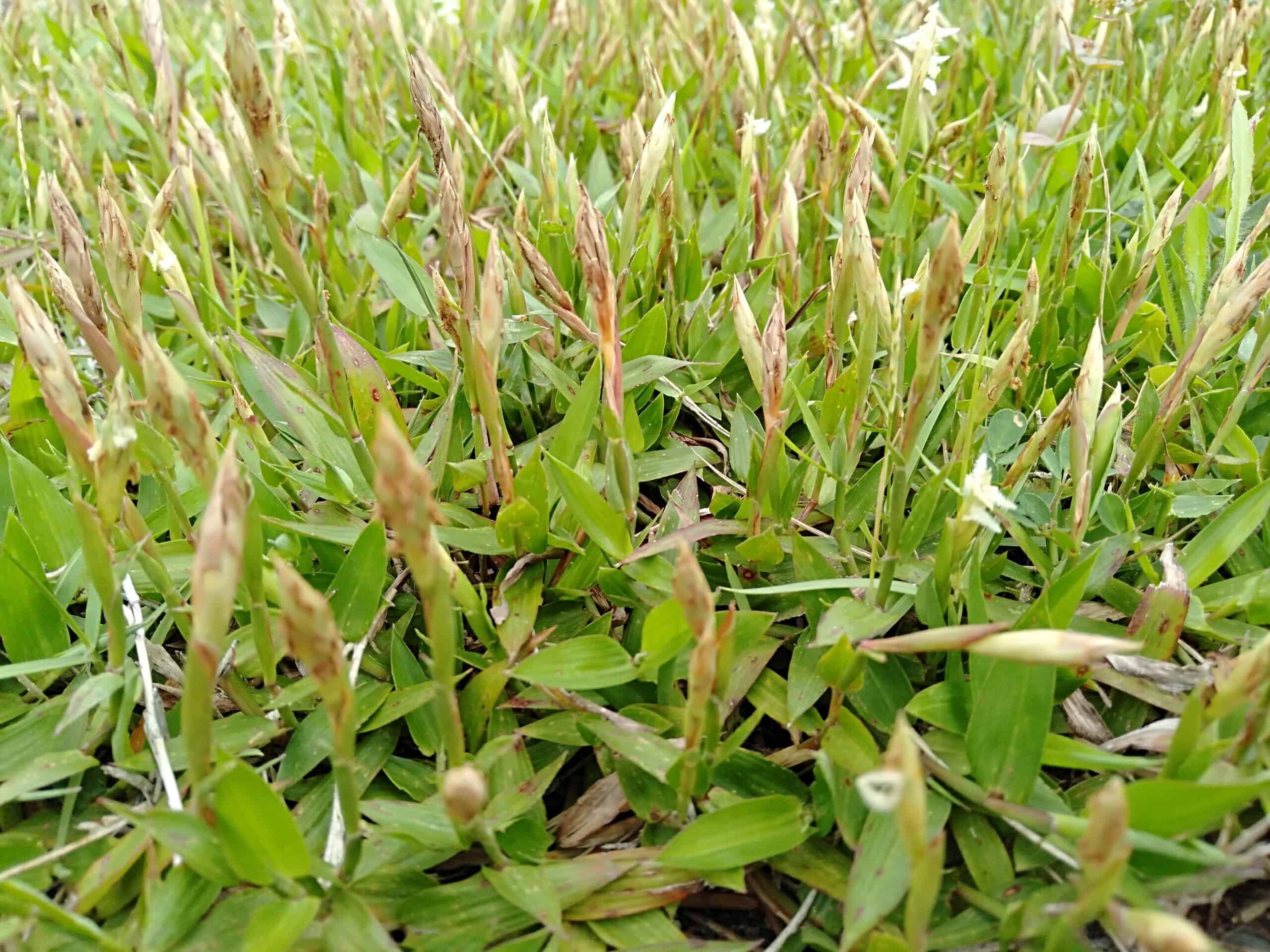
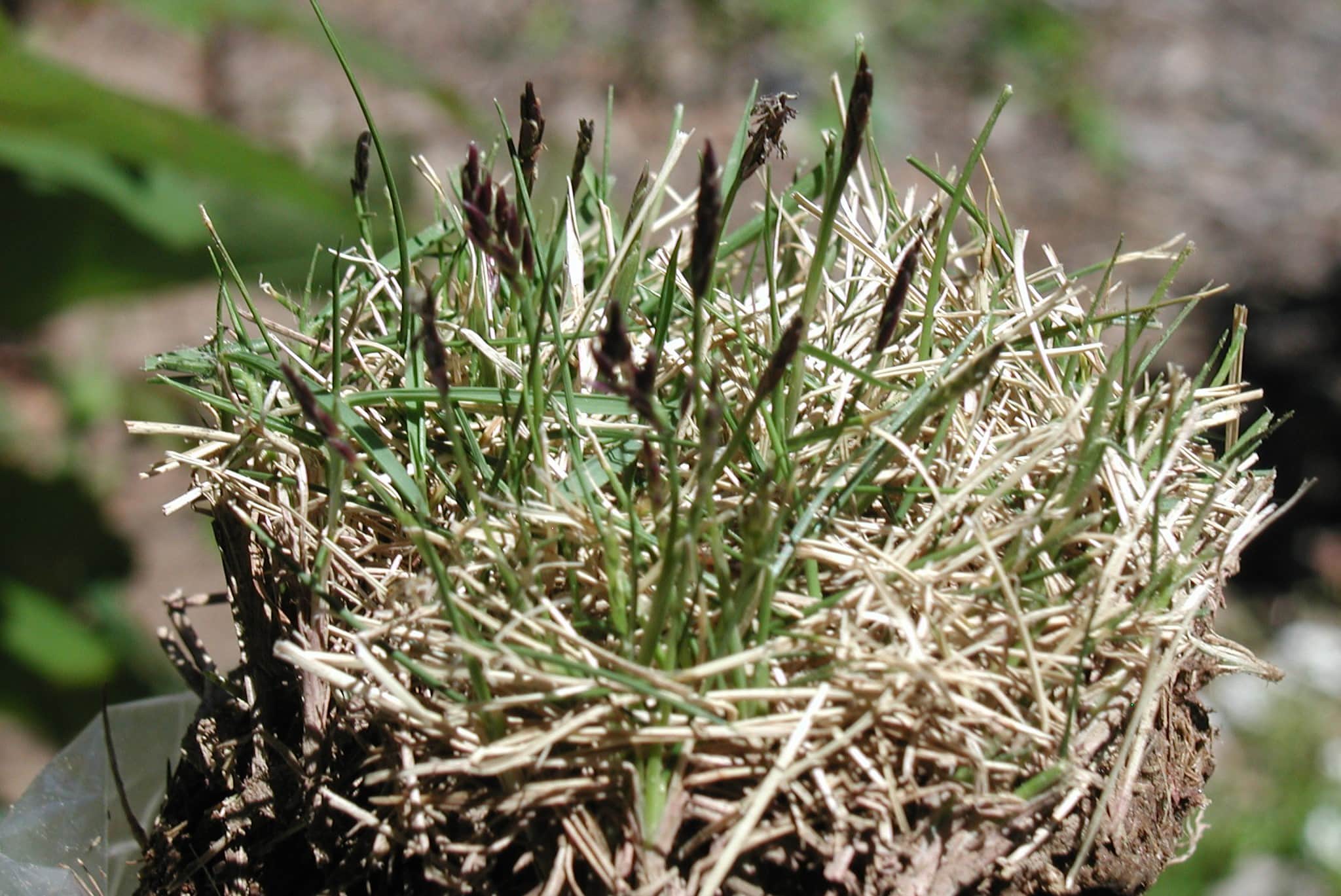

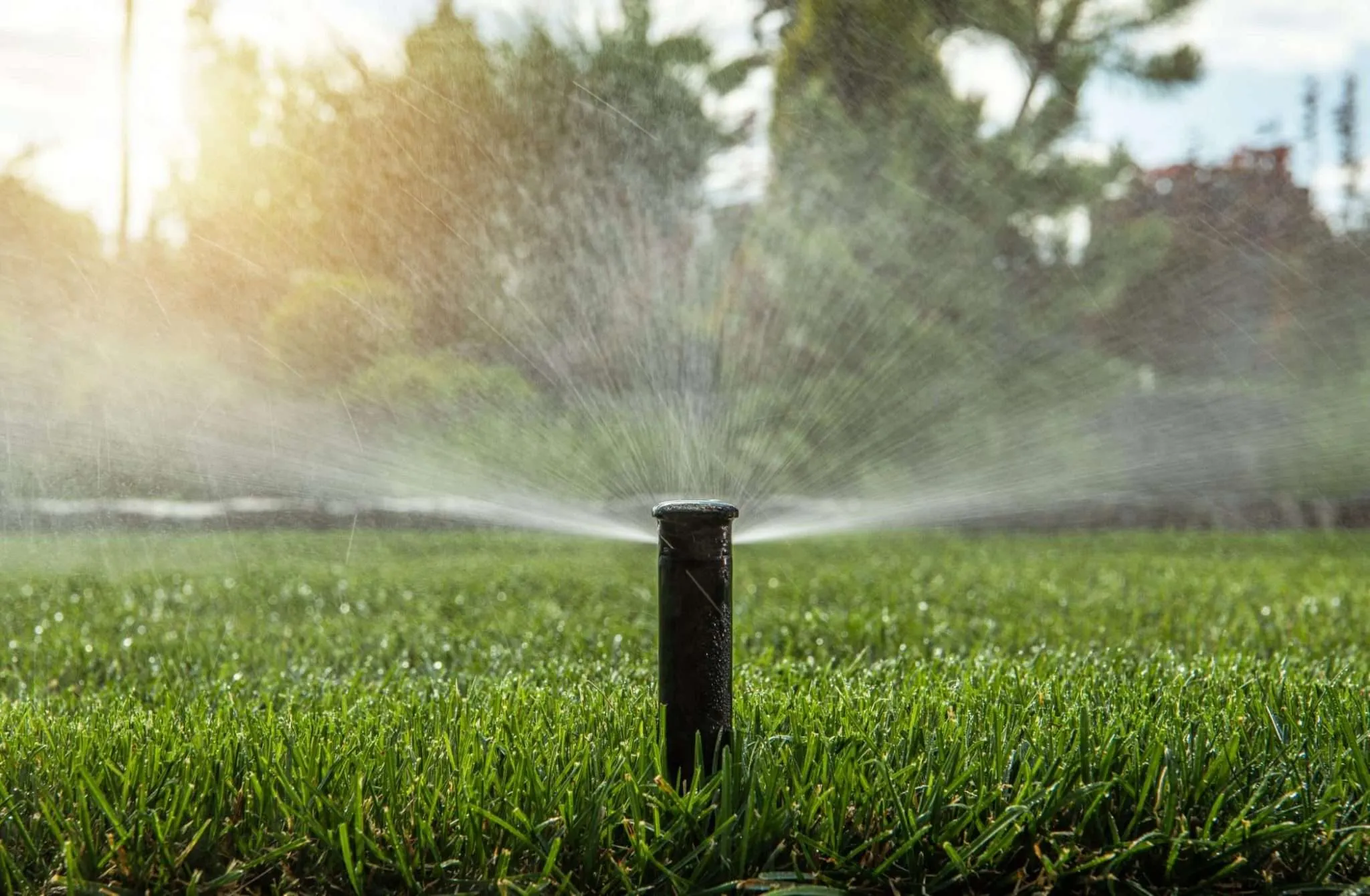
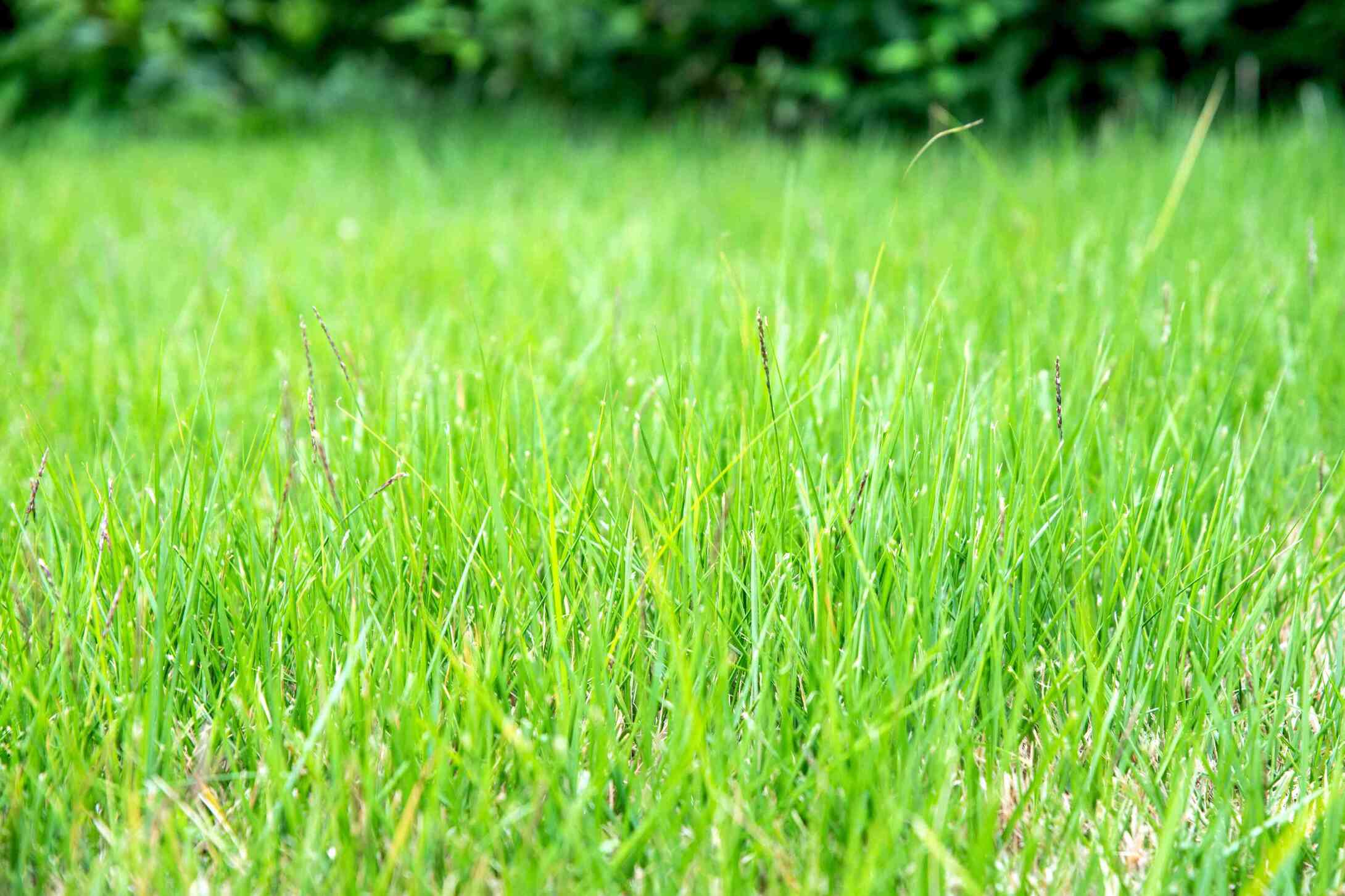
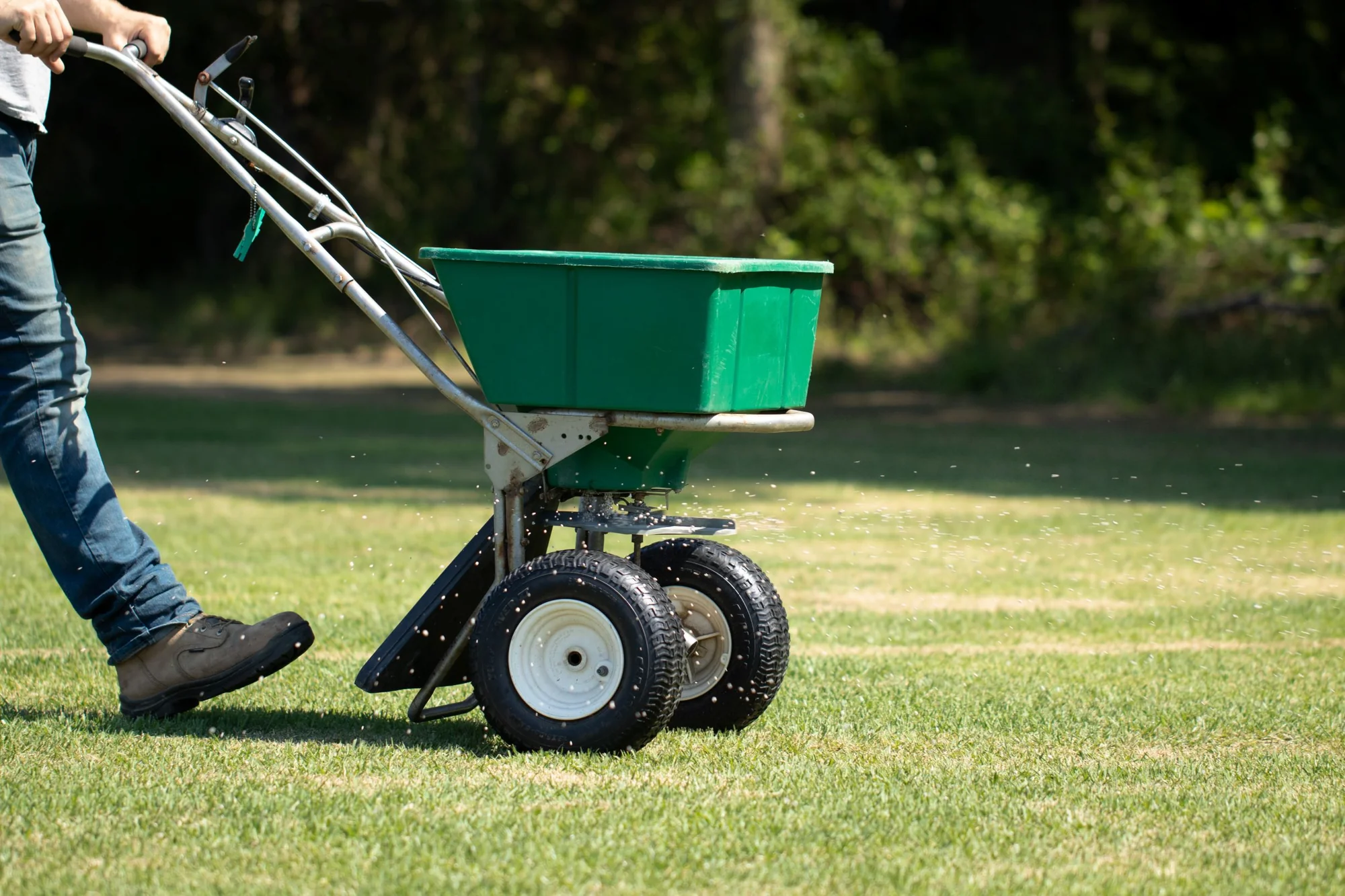
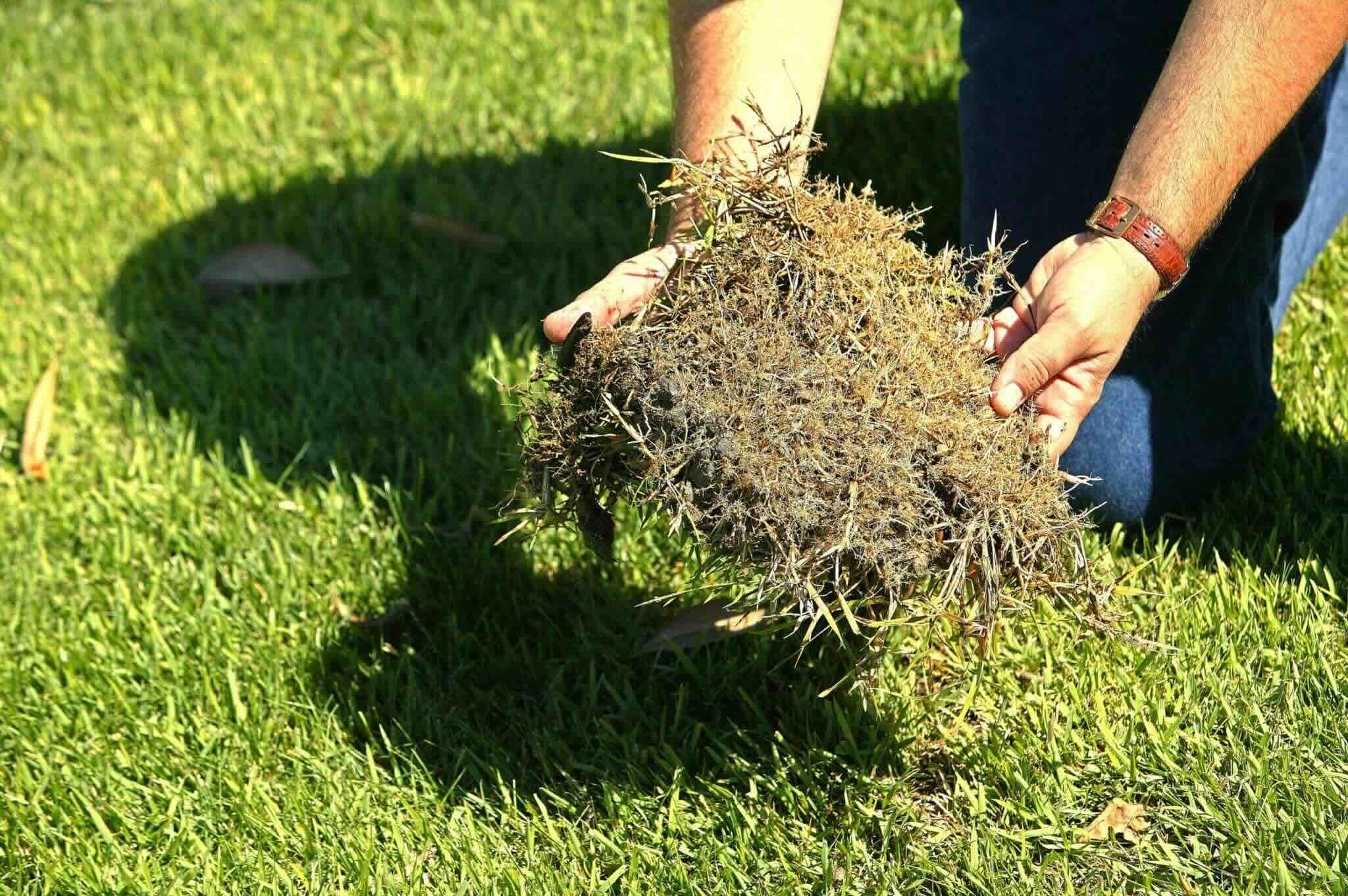
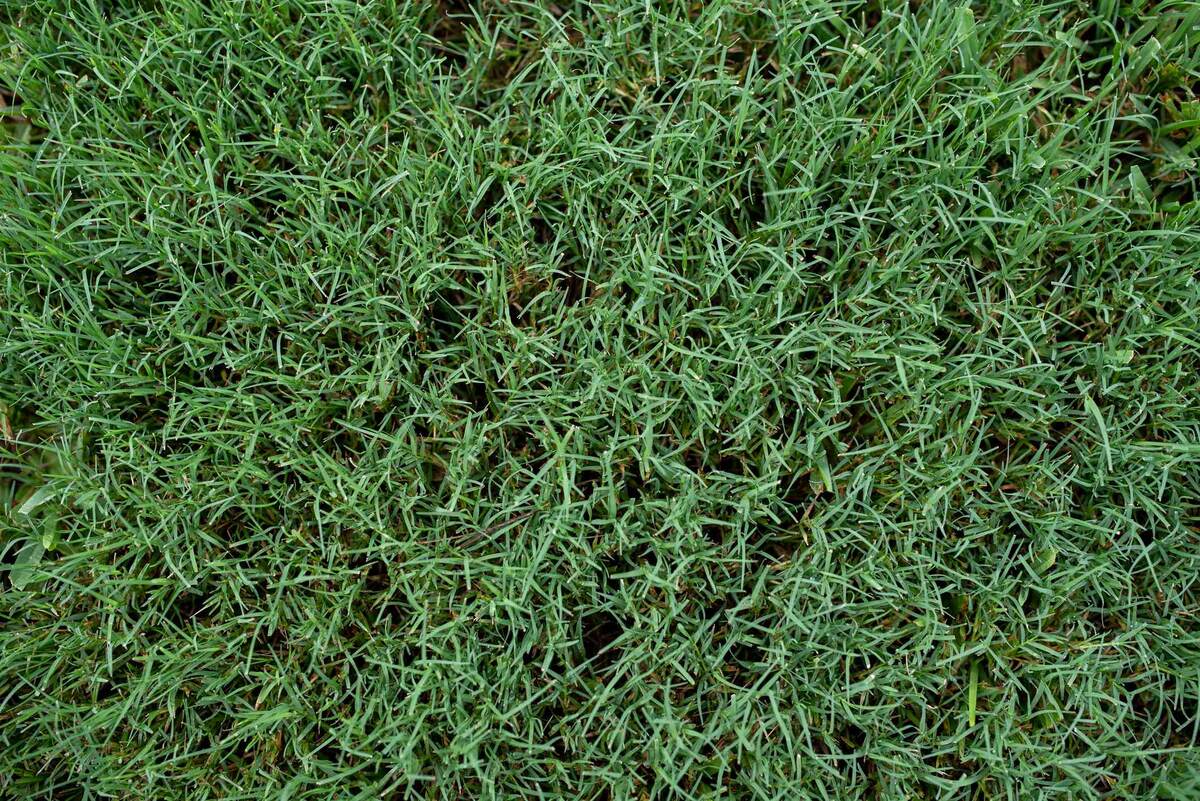
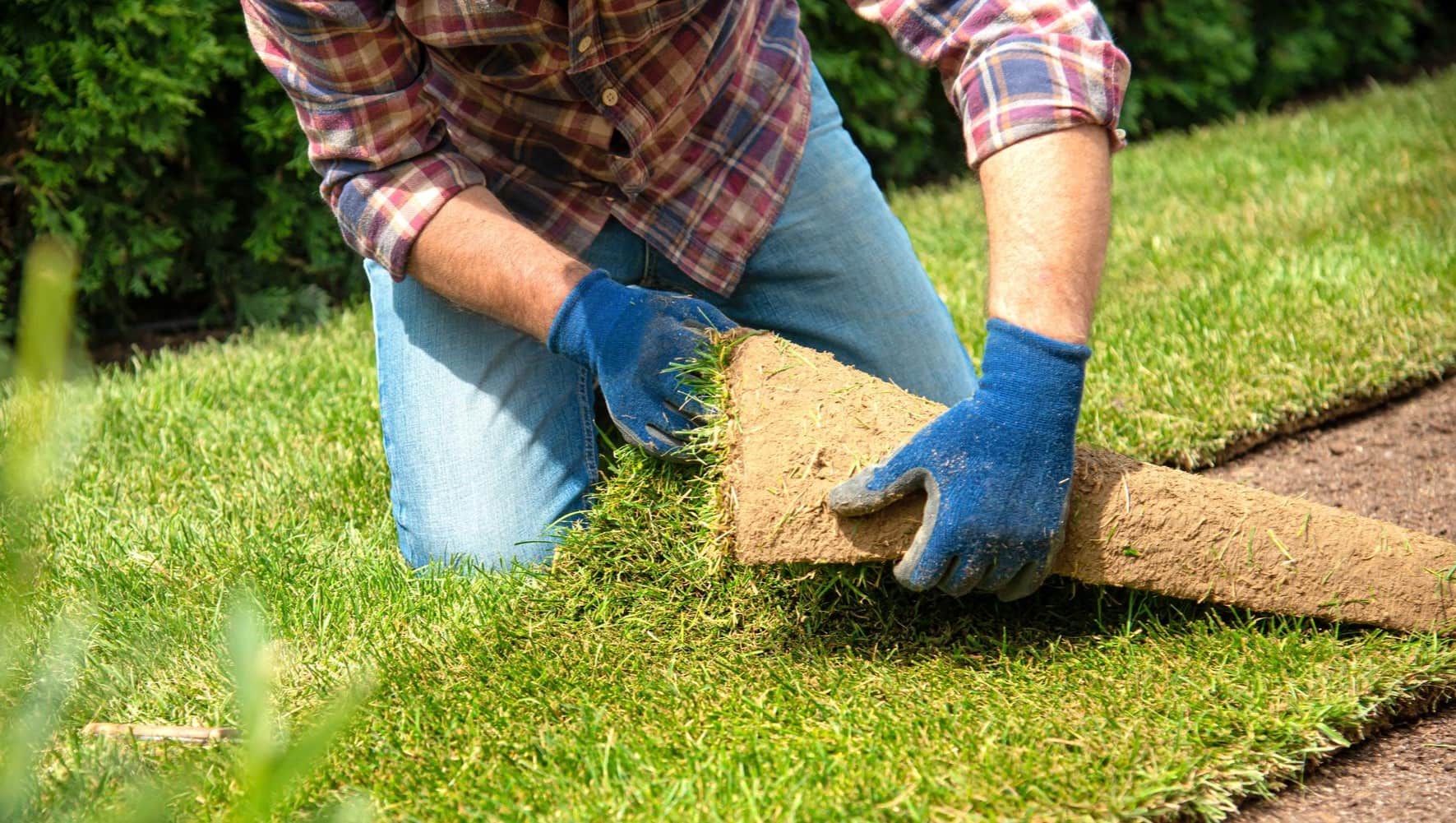
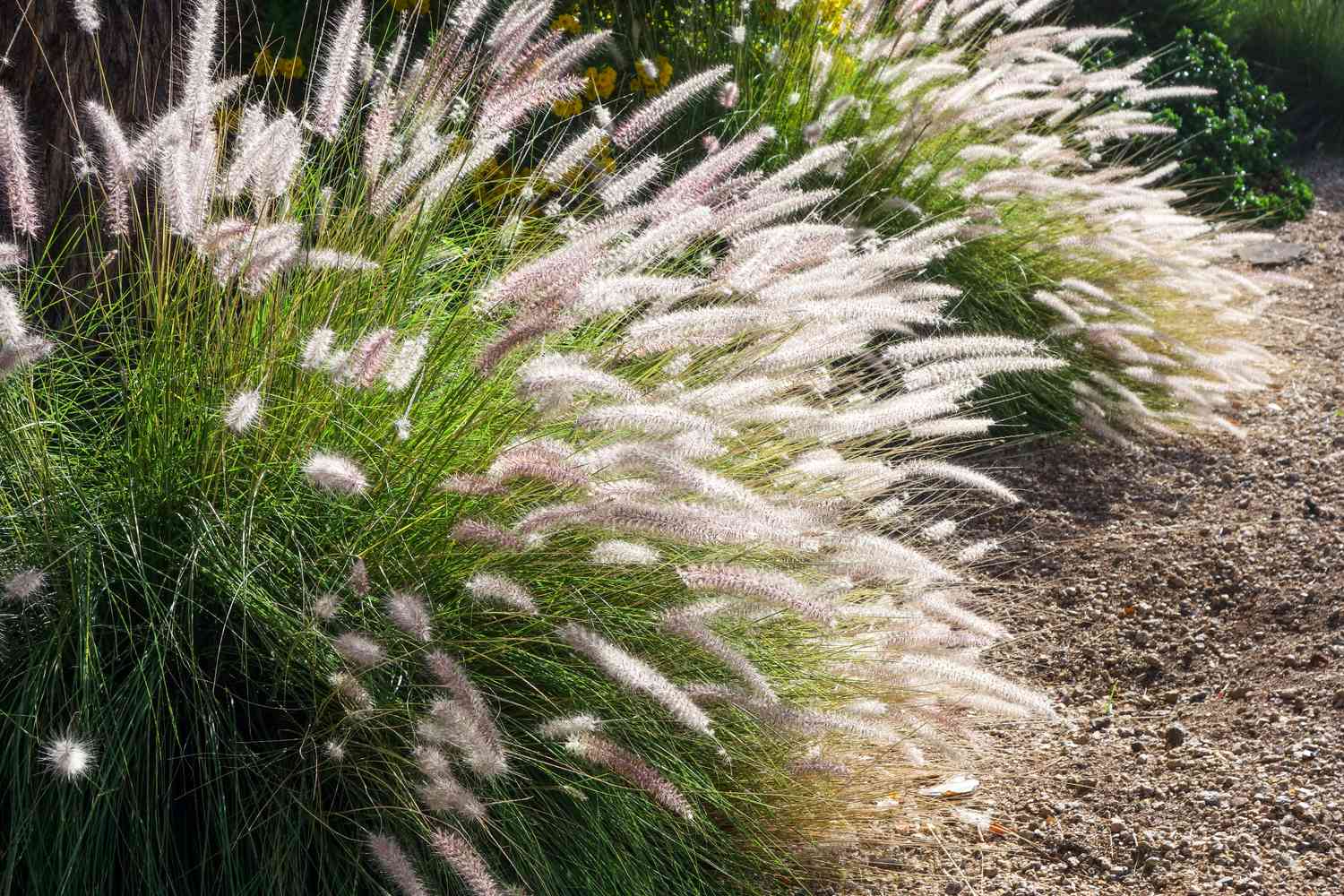
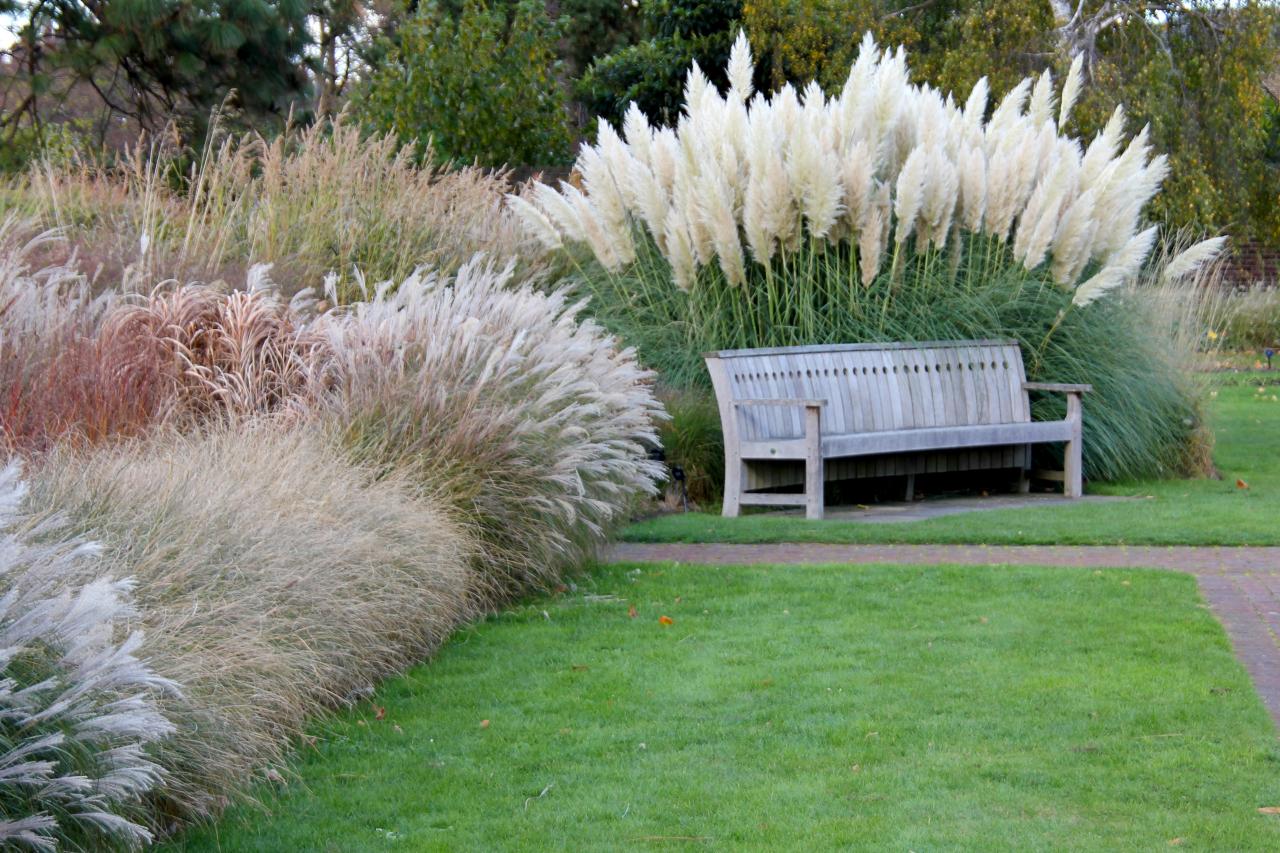
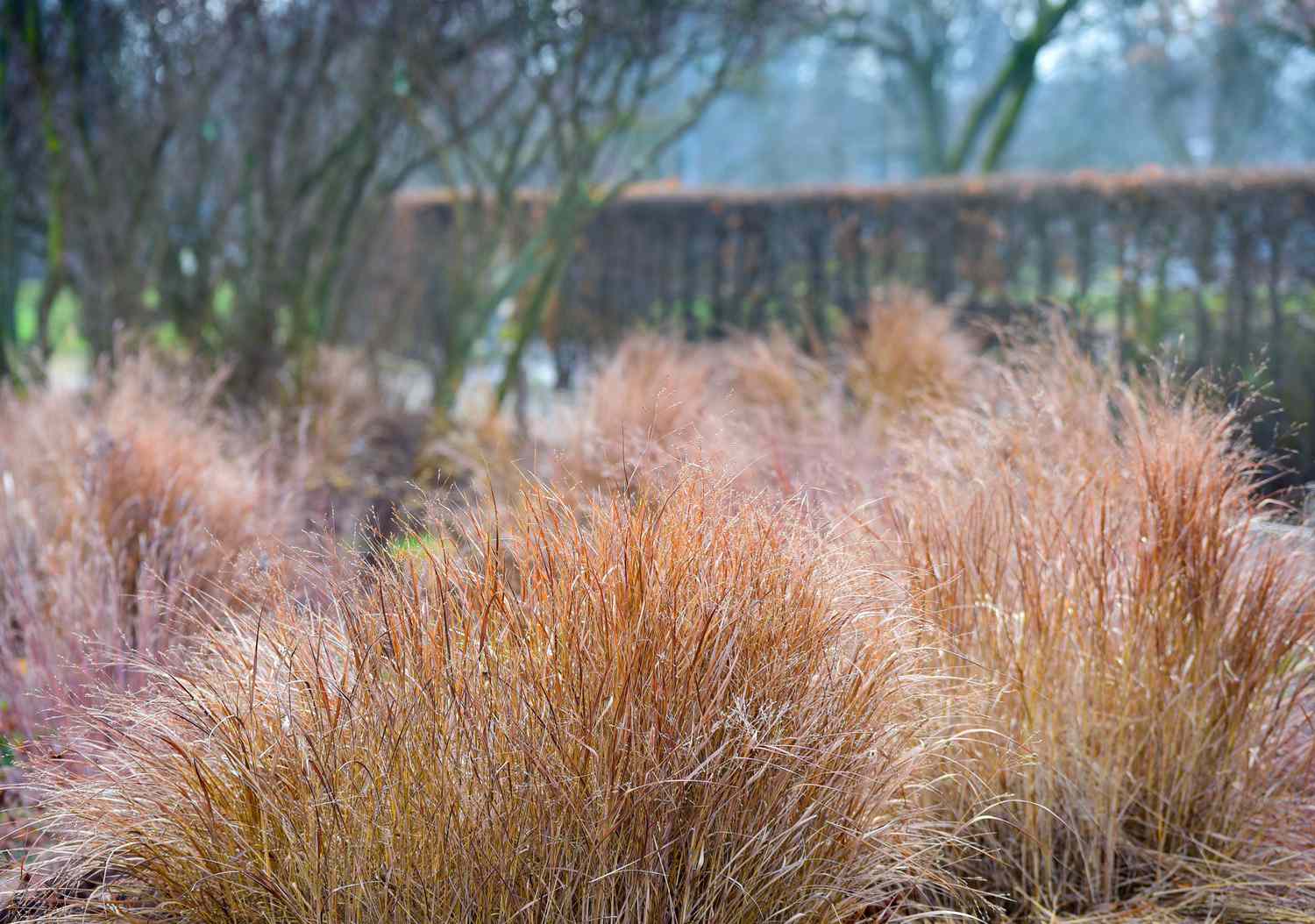
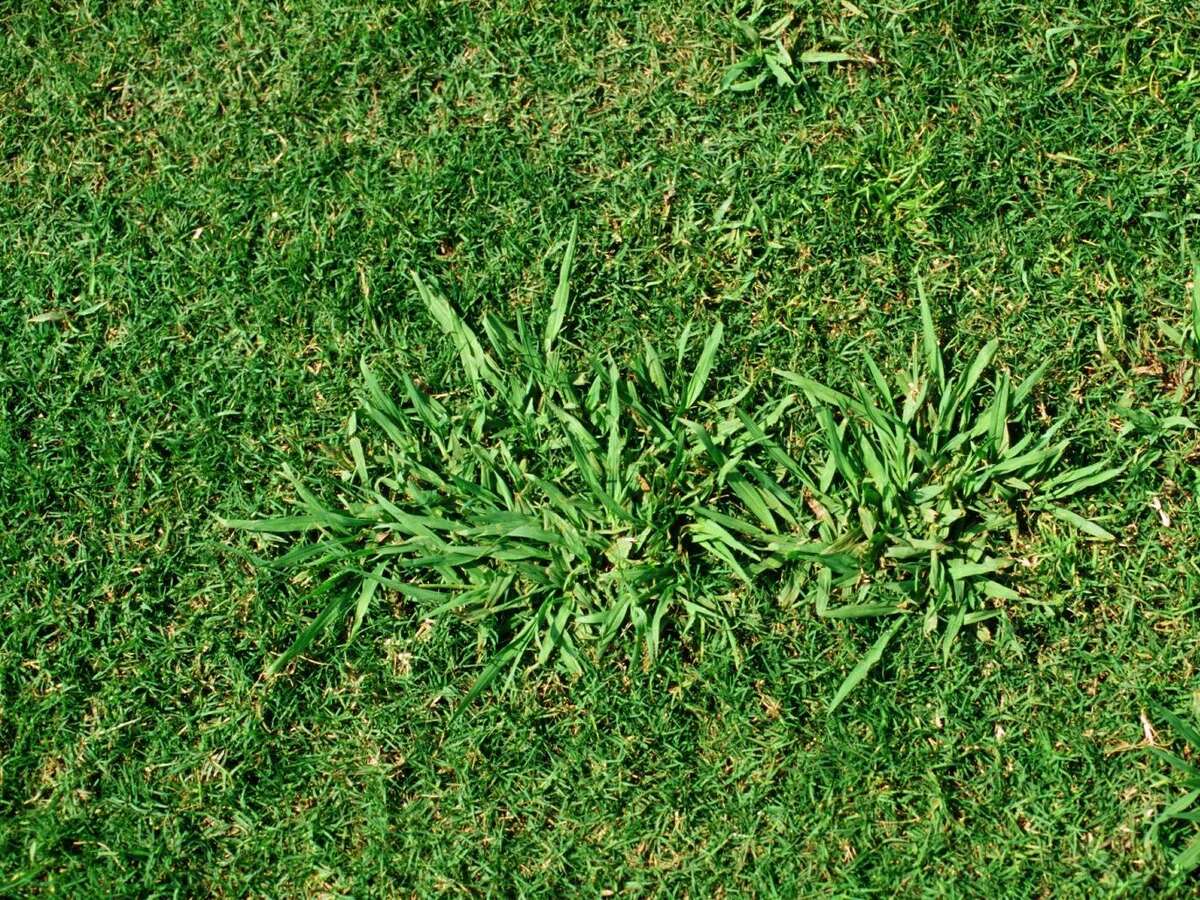
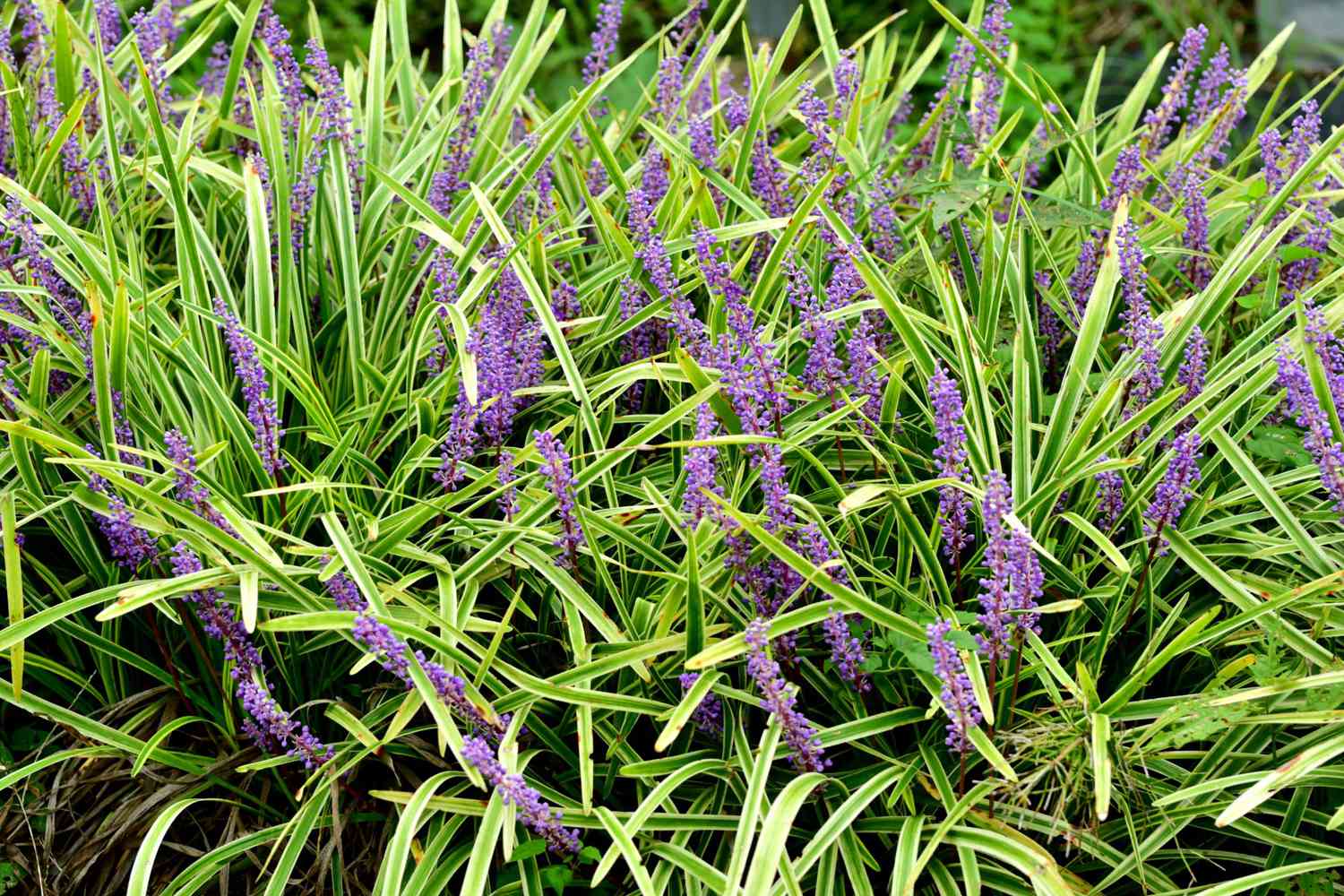

0 thoughts on “When To Plant Zoysia Grass”